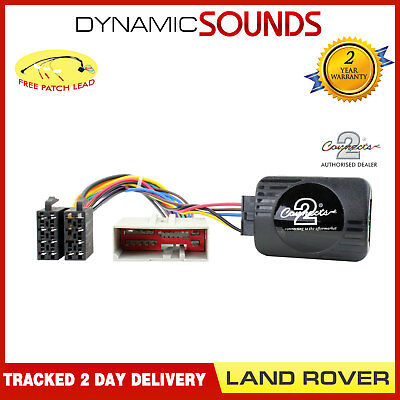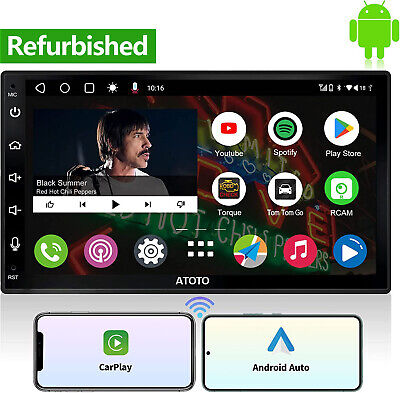Great news guys!
The heater works a treat and the software posted in the Openinverter forum seems to be spot on.
This is the setup
View attachment 309870
The batteries in the background are all wired in series giving around 250V.
The batteries on the far left are supplying 12V to the heater and coolant pump plus a contactor I'm using to switch the HV.
The coolant is just going around a small loop and through the heater.
The meter to the right of the heater is reading current from the HV battery. The most I saw was 10A but I'm not sure what will happen when it is in the car feeding through the heater matrix. In theory it is a 4kW heater so could draw 10A or more from the pack.
The laptop is monitoring requested and actual coolant temperature plus powering the Arduino.
The POT is used for turning up or down the requested water temperature.
Then today I managed to hook up a display so that the laptop is no longer needed.
The number on the left is actual temp and the one on the right is requested temp, plus a little line appears on the left to indicate if the heater is on or not.
View attachment 309871
One thing I'm not happy about is how hot the casing of the heater gets. It seems to be a lot of wasted heat but I don't think there is much I can do about that unless there is a way to route the inlet for the heater fan past the hot heater.
Now I just need to install it.



